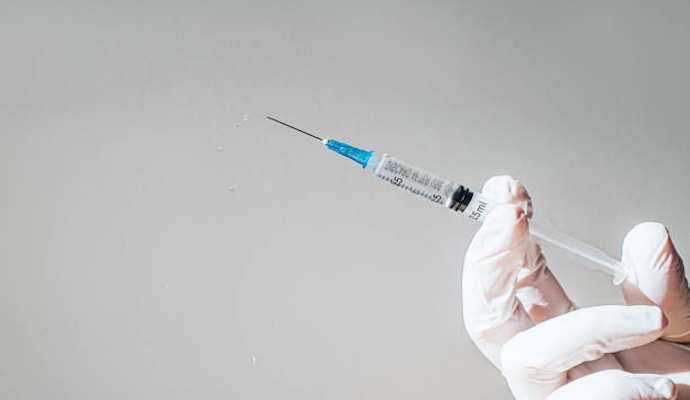CDC, FDA investigate harmful counterfeit Botox
Counterfeit Botox has been linked to 19 illnesses and 9 hospitalizations across 9 states.

Source: Getty Images
- On April 15, 2024, the United States Centers for Disease Control and Prevention (CDC) and Food and Drug Administration (FDA) launched an investigation into harmful reactions caused by counterfeit or mishandled botulinum toxin (Botox).
According to a CDC outbreak investigation report, as of April 12, 2024, 19 reported illnesses caused by Botox injections have occurred in 9 states, including Colorado, Florida, Illinois, Kentucky, Nebraska, New Jersey, New York, Tennessee, and Washington. The investigation details highlight that these injections were administered by unlicensed or untrained professionals or in non-healthcare settings, including homes or spas.
Patients have reported blurry vision, double vision, drooping eyelids, difficulty swallowing, dry mouth, slurred speech, difficulty breathing, fatigue, and generalized weakness.
Approximately 60% of patients have had symptoms that were severe enough to warrant hospitalization. Additionally, four patients, accounting for 21% of the reported cases, were treated with botulism antitoxin out of concern for Botox spread.
The CDC report notes that all the patients identified as female and ranged from 25 to 59 years old. The main reason for receiving the injections was cosmetic, and all patients reported getting them from unlicensed or untrained individuals or in non-healthcare settings.
The FDA notes that products seem to be purchased from unlicensed sources and may be misbranded, adulterated, counterfeit, contaminated, improperly stored or transported, ineffective, or unsafe.
The only FDA-approved Botox injections are manufactured by Abbvie or its subsidiary, Allergen Aesthetics, in 50-, 100-, and 200-unit doses. The approved products are labeled with one of the companies’ names and have outer cartons with BOTOX COSMETIC/onabotulinumtoxinA/for Injection” or “OnabotulinumtoxinA/BOTOX/for injection” on the label. Thus far, none of the approved products have been linked to harmful outcomes.
The organization issued a statement on April 16, 2024, identifying signs of the counterfeit Botox, including the following:
- An outer carton or vial with a lot number C3709c3
- An active ingredient of “Botulinum Toxin Type A” instead of “OnabotulinumtoxinA”
- A 150-unit dose vial or carton, which the FDA-approved Botox manufacturers do not produce
- An outer carton with non-English language
To minimize the risk of harmful effects, the CDC is asking consumers to confirm licenses and training when getting Botox, ask about the product’s FDA approval and source, and immediately seek medical attention if experiencing any of the aforementioned symptoms after an injection.
